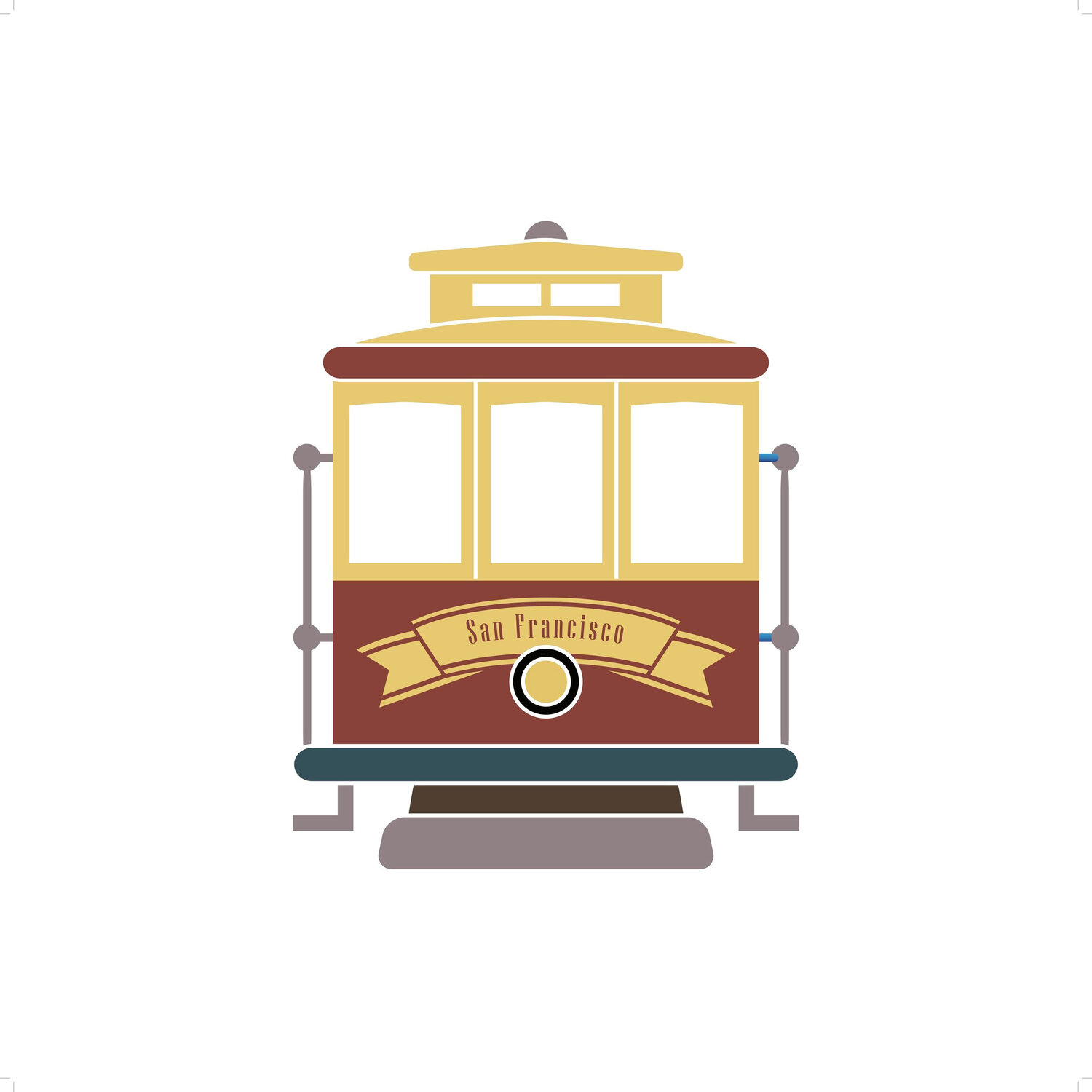Before the Midwinter: part 4
Detail of Horace Durrie Dunn from a poster that showed all the “Regular Republican nominees” of 1881. Image courtesy of the California State Library.
Mr. Dunn was a bit of a workaholic. His day job was serving as the State Commissioner of Immigration. He was however an expert on horticulture and was able to indulge this interest while moonlighting as a reporter for the San Francisco Bulletin. His regular beat was covering the actions of the State Agricultural Society. Six month earlier, in the course of his official duties, he had become friendly with the Japanese embassy that had arrived on the Colorado. He arranged with them an exchange of California fruit trees, vines, plants, and vegetable seeds for those in Japan – an act that would launch his personal import and export business of agricultural products to and from Asia. At the time of this meeting on August 1, he was nearly finished compiling an extensive report on the agricultural resources of California for the U.S. Commissioners of Agriculture.[i] Dunn was perfectly aware of what California could do agriculturally and through his burgeoning business relationships with foreign powers, was alert to what they were interested in importing.
At that meeting it is likely that Hallidie, Dunn, and Warren first speculated about the possibility of a World’s Fair because a few months later, the notion was reported in the Daily Alta that a "grand Fair in which all the people of the Pacific would be represented has been taken up by the Mechanics' Institute…. efforts will be made to give it, as far as possible, an international character. For this purpose it is in contemplation to invite China, Japan, the Hawaiian Islands, Society Islands, Australia, and the Republics of the Pacific to send specimens of their products and manufacturers for exhibition.”[ii]
The Mining and Scientific Press also brought it up on November 30, stating that “in order to carry out [the international portion] of the programme [sic], it will be necessary to secure the assistance and cooperation of both Congress and the State Legislature.... Some kind of official character must be given to the enterprise, or it would be in vain to look for cooperation from the ceremonial nationalities of Eastern Asia. One of the principal objects of the international character proposed, is to bring into commercial and social relations the various nationalities in this part of the world, especially those with whom we have just opened steam communication, and with whom we hope, ere long, to be in telegraphic communication as well.”[iii]
Thus encouraged, the Mechanics’ Institute outlined its preliminary plans for an international fair in a December 1867 meeting of the Board where they drafted a resolution stating “that we the mechanics of California acting by the authority in us invested under our corporate powers as an Institute so now take the initiative and proclaim to the world that we will hold an industrial exposition in this the Golden city of the world [in] a.d. 1871 which we most earnestly hope may become truly international in its character.”[iv] The Institute was more conservative when they announced their plans to the public however, stating that it had resolved to hold an industrial exhibition “on a much larger scale than was ever before attempted on this coast.”[v]
A few months later in March, Hallidie assumed the presidency of the Mechanics’ Institute and immediately sprang into action. He followed up on the media’s call for State support of the World’s Fair venture with a plea to the Legislature to make an appropriation to the Institute: “We ask at your hands the sum of $20,000 to be used for premiums for the two Industrial Exhibitions proposed to be held by the Mechanics’ Institute during 1868 and 1869.”[vi] Citing the successes of the past Mechanics’ Institute fairs to the state’s economy and the need for financial help to provide prizes other than medals and diplomas to help encourage “new enterprises of manufacture and industry and innovation,”[vii] Hallidie had the support of the Mechanics’ new slate of trustees. The request seemed impossible to deny – but it was indeed refused.
…
[i] Horace D. Dunn, “California - Her Agricultural Resources, originally written for the Commissioner of Agriculture (United States)”, Transactions of the State Agricultural Society during the years 1866-1867, (Sacramento, CA), p.507-542
[ii] Daily Alta California, October 19, 1867, Page 2.
[iii] Mining and Scientific Press, November 30, 1867, Page 337
[iv] Draft of a resolution by the Mechanics’ Institute, Henry F. Williams Papers 1848-1911, BANC MSS 73/82 c, Box 6, Folder 6, The Bancroft Library, University of California, Berkeley
[v] “Sixth Industrial Exhibition”, San Francisco Bulletin, December 7, 1867, Page 2.
[vi] “The Mechanics’ Institute: Appeal to the State for Aid for the Fairs of 1868 and 1869”, Daily Alta California, March 15, 1868, page 1.
[vii] ibid


